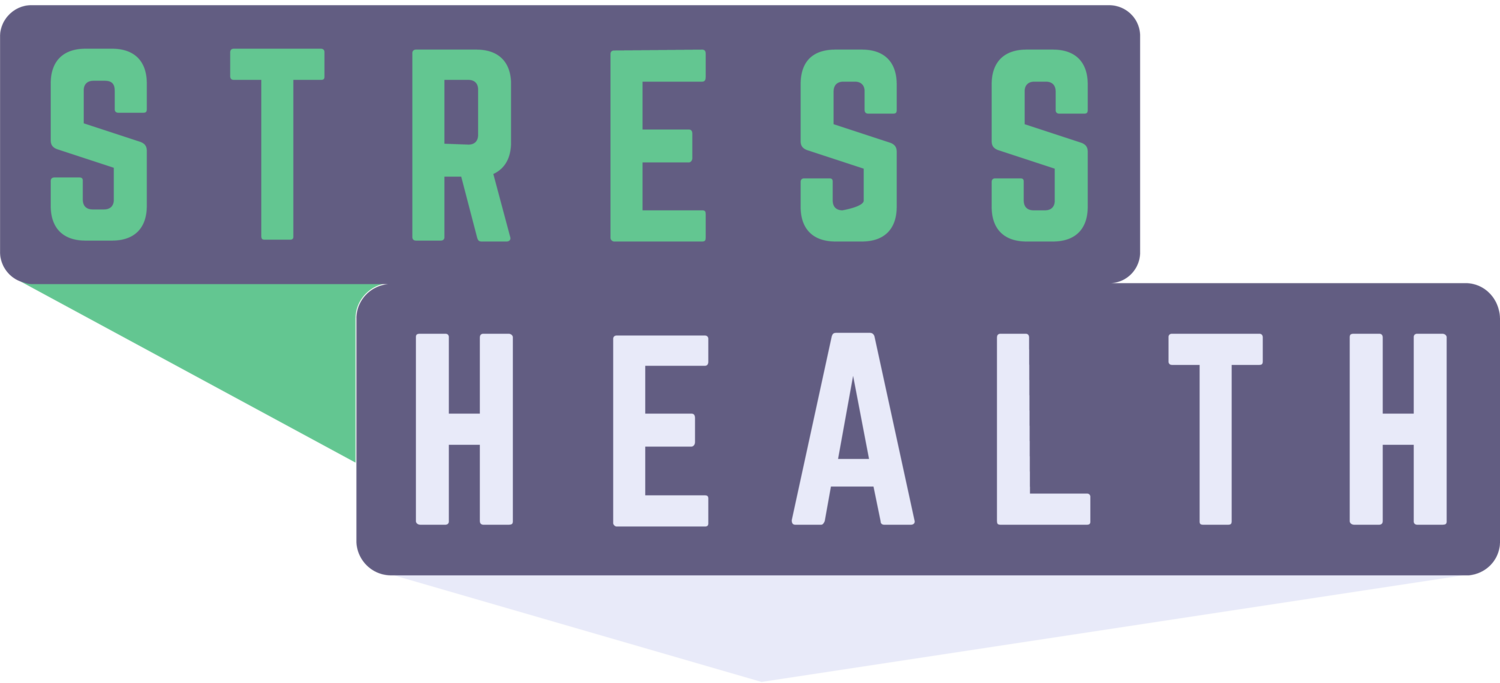Nature
Do you feel better after you’ve spent time in the park, walking in the woods, or along the beach? Time in nature can help counteract some of the key impacts of Adverse Childhood Experiences (ACEs). Doctors are starting to study the benefits of spending time in nature. Early results show that time in nature reduces stress hormones, like cortisol, in our body, increases attention, and improves our mood.
You are also more likely to be engaged in physical activity or spending time strengthening your supportive relationships when you are outside. Remember, physical activity promotes nerve growth in the hippocampus, the part of the brain associated with memory and thinking, and supportive relationships buffer stressful experiences.
To increase resilience and feel refreshed with your time in nature, remember to:
Engage with your senses
Ask your child to find new things about nature at home or in your neighborhood. Look out the window and notice something new. Make space to listen for birds, insects or simply rustling leaves. Explore the backyard, if you have one, to find new bugs or flowers. Go on a nature scavenger hunt in your neighborhood.
Schedule regular nature outings
Spending time in nature on weekends and after school seems to be “widely effective” in lowering symptoms of attention deficit hyperactivity disorder (ADHD), according to a study published in the American Journal of Public Health. You don't need to go somewhere fancy to find nature -- it is often right in front of you.
Exercise in Nature
Consider doing your regular exercise routine in a natural setting, even if it is walking in a nearby park.
Turn off the screens
An important part of time in nature is using your eyes to look at the world around you. Encourage your family to keep phones in pockets or at home, if possible, during nature time, that way your eyes and ears will be focused on the wonders, big or small, of the natural world.
Listen to Nature Sounds
Our bodies were designed to be able to recover from stressful events by being present with the natural world around us. Even if you can’t physically get near a tree, or into a park, listening to nature sounds can still help your brain stop a stress response, thereby lowering the stress hormones in your body. While being in nature physically is best, listening to nature sounds is a good back up.
Alvarsson, J. J., Wiens, S., & Nilsson, M. E. (2010). Stress Recovery during Exposure to Nature Sound and Environmental Noise. International Journal of Environmental Research and Public Health, 7(3), 1036–1046.
Ewert, A., & Chang, Y. (2018). Levels of Nature and Stress Response. Behavioral Sciences, 8(5), 49.
Hartig, T., Mitchell, R., de Vries, S., & Frumkin, H. (2014). Nature and Health. Annual Review of Public Health, 35(1), 207–228.
Lee, J., Park, B.-J., Tsunetsugu, Y., Kagawa, T., & Miyazaki, Y. (2011). [Physiological benefits of forest environment: Based on field research at 4 sites]. Nihon Eiseigaku Zasshi. Japanese Journal of Hygiene, 66(4), 663–669.
Razani, N., Kohn, M. A., Wells, N. M., Thompson, D., Hamilton Flores, H., & Rutherford, G. W. (2016). Design and evaluation of a park prescription program for stress reduction and health promotion in low-income families: The Stay Healthy in Nature Everyday (SHINE) study protocol. Contemporary Clinical Trials, 51, 8–14.
Razani, N., Meade, K., Schudel, C., Johnson, C., & Long, D. (2015). Healing through Nature: A Park-Based Health Intervention for Young People in Oakland, California. Children, Youth and Environments, 25(1), 147–159. https://doi.org/10.7721/chilyoutenvi.25.1.0147
Razani, N., Morshed, S., Kohn, M. A., Wells, N. M., Thompson, D., Alqassari, M., Agodi, A., & Rutherford, G. W. (2018). Effect of park prescriptions with and without group visits to parks on stress reduction in low-income parents: SHINE randomized trial. PloS One, 13(2), e0192921. https://doi.org/10.1371/journal.pone.0192921
Razani, N., Niknam, K., Wells, N. M., Thompson, D., Hills, N. K., Kennedy, G., Gilgoff, R., & Rutherford, G. W. (2019). Clinic and park partnerships for childhood resilience: A prospective study of park prescriptions. Health & Place, 57, 179–185. https://doi.org/10.1016/j.healthplace.2019.04.008
van den Berg, M. M. H. E., Maas, J., Muller, R., Braun, A., Kaandorp, W., van Lien, R., van Poppel, M. N. M., van Mechelen, W., & van den Berg, A. E. (2015). Autonomic Nervous System Responses to Viewing Green and Built Settings: Differentiating Between Sympathetic and Parasympathetic Activity. International Journal of Environmental Research and Public Health, 12(12), 15860–15874. https://doi.org/10.3390/ijerph121215026








